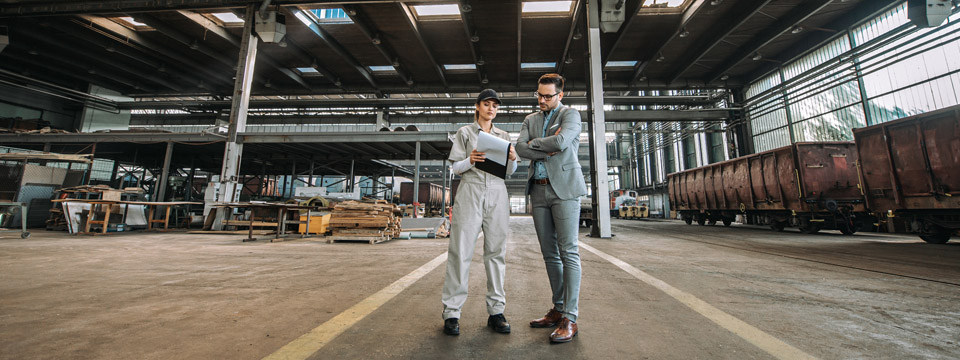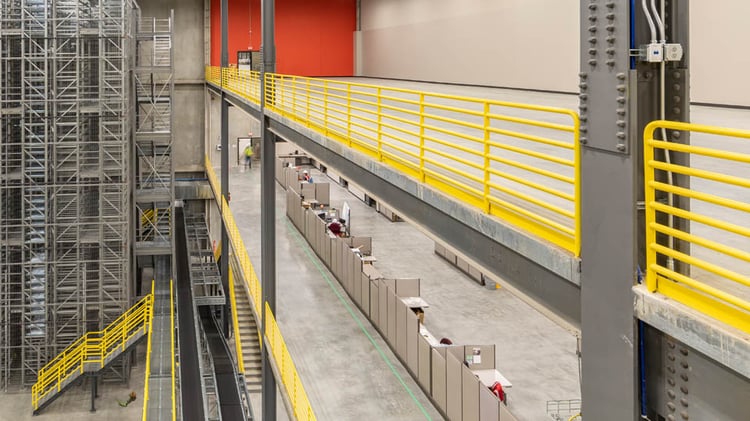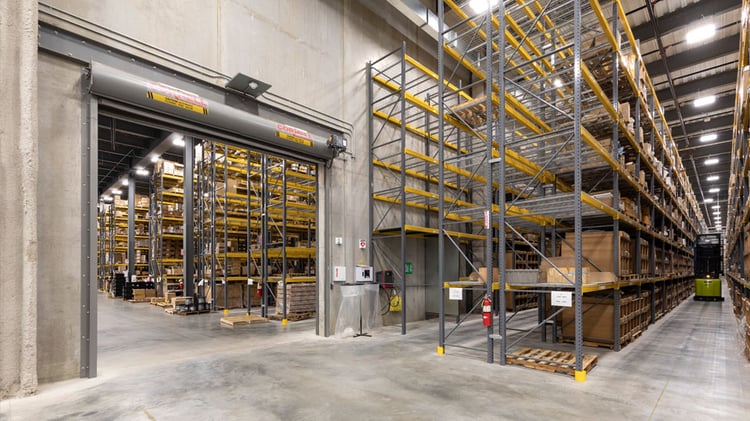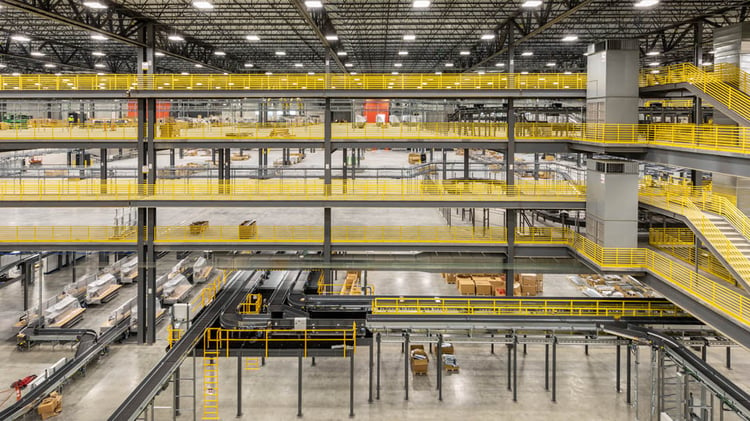Three Important Planning Strategies for Your Manufacturing Facility

Business has changed over the last year – everything has changed. Perhaps your business is booming, and you know you could fill more orders, but you simply don’t have the space to expand production. Or maybe business has taken a downturn, and you need to revamp your workflow to run a bit more efficiently.
If you’re looking to make changes to your facility or workflow, keep these three points in mind so you’re prepared for the future:
- Design spaces to be flexible
- Design spaces to prevent product and production loss
- Evaluate your workflow
1. Flexible Spaces
Design spaces that can be multi-functional and change with your business’s needs. Today’s conference room may be an office or breakroom tomorrow. When designing an addition or a new facility, include the necessary infrastructure so things like manufacturing work lines, offices, meeting rooms, breakrooms, restrooms, etc., can be easily added, moved, or changed in the future.
Similar to stubbing-in a bathroom in the basement when building a house, you may not be ready to add the bathroom yet, but the foundation is there, water pipes are in place, electricity is accessible. When you decide to add it, infrastructure will not have to be changed or added, significantly keeping costs down.

Digi-Key Electronics in Thief River Falls, Minnesota, recently built a new product distribution facility. Given their investment in the new 2.2 million-square-foot facility, they recognized the importance of maintaining flexibility well into the future. Digi-Key anticipates increasing the number of employees over the next ten years, but right now they just don’t need all the support spaces. The solution included planning for the space and building the infrastructure to add a breakroom, or restroom, or conference room, when needed. Laying the groundwork now to keep spaces flexible, will pay off in the future.
2. Loss Prevention
As the saying goes, “Time is money,” and when production is halted so is revenue. Work with professionals to design your space with loss prevention in mind. If one area of your plant goes down, are other areas still operational? At Digi-Key, loss prevention was built into the plan. The facility’s design comprises three separate self-contained areas that appear seamless. However, each area is completely self-contained, with its own electricity supply. Any one of them can be shut down if needed (e.g., a fire alarm or loss of power) while the others are able to continue to function, unaffected. Because lost production equals lost revenue.

3. Workflow Evaluation
Sometimes a fresh set of eyes can be extremely helpful in determining changes that can be made to increase the operating efficiency of your business. Changing the workflow and re-arranging equipment, etc. can make a big difference in the efficiency and production capabilities of the facility.

There’s a lot to think about when making changes to your manufacturing business. With some wise planning Widseth can set you up for tomorrow.

Search Archives
Categories
Posts by Topic
- Staff News (98)
- Architecture (66)
- Funding (61)
- Civil Engineering (53)
- Education (48)
- Architectural Design (38)
- Engineering (37)
- Land Surveying (32)
- Surveying (26)
- Environmental (22)
- Commercial (21)
- Interior Design (18)
- Streets & Highways (17)
- Utilities (17)
- Water Resources Engineering (14)
- Industrial (13)
- Community (11)
- Cultural (11)
- Landscape Architecture (11)
- Sports & Recreation (11)
- Government (10)
- Aerial Mapping (8)
- Mechanical Engineering (8)
- GIS (7)
- Electrical Engineering (6)
- Structural Engineering (6)
- Senior Living (5)
- Transportation Engineering (5)
- Bridges (3)
- Site Design (3)
- Transmission & Distribution (3)
- Healthcare (2)
- Planning (2)
- manufacturing (1)
Recent Posts
-
May 06, 2024



